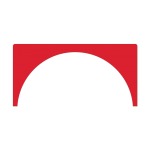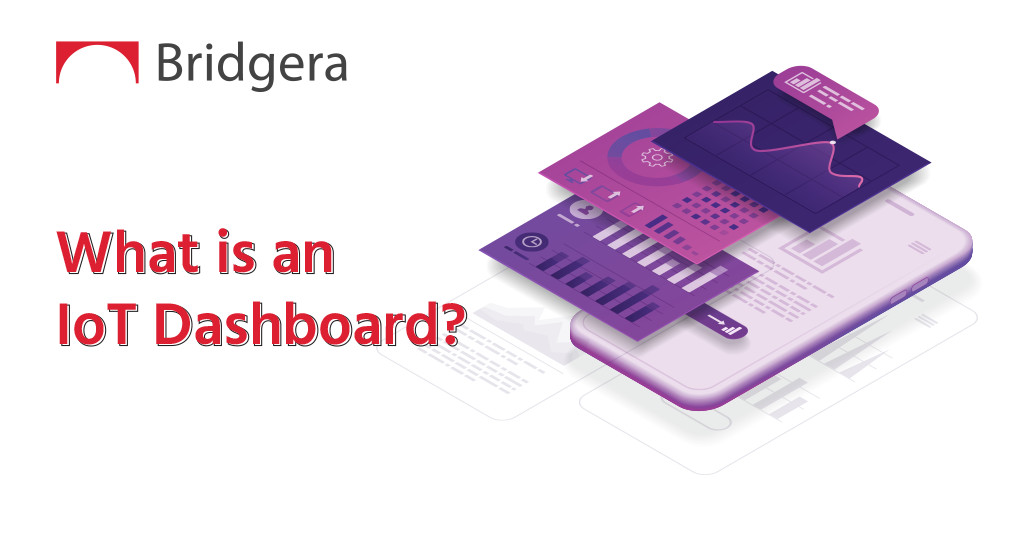IoT Dashboards are like car dashboards. Many drivers do not understand the inner workings of their vehicles. Instead, they rely on a simple dashboard to present data relevant to the performance of their driving. For instance, vehicles display real-time variables like gas, engine heat, and speed.
By comparison, an industrial IoT dashboard may display information relevant to the operation of machinery. This IoT dashboard monitors performance and display alerts based on predefined thresholds. Similarly, the check engine light may turn on to alert you of a problem with the car. Modern cars can even provide insights into driving behavior. For example, how your speed effects average miles per gallon.
An off the shelf industrial IoT dashboard may not always support the relevant insights to your specific use case. This can be frustrating because the data is being captured by the current remote monitor, but the solution does not provide any insight or analytics. At the consumer level, it is often not out of reach to upgrade to a newer vehicle that offers these advanced analytics. However, at industrial costs and scale, upgrades are often a last resort.
IoT technology poses a uniquely qualified solution to this challenge. In fact, these solutions are often only limited by the requirements set in place. For that reason, it is helpful for key stakeholders to understand the potentials available as additions to their current assets.
The car’s Dashboard capability could be summarized as the following:
- Real-time performance data
- Alerts/warnings if there is a problem
- Insights on performance over a time period
- Analytics for problem-solving
- Control for modifying performance
Internet of Things Dashboard
An Internet of Things (IoT) Dashboard provides the exact same capability as the car dashboard I described. However, the mechanics are different. By comparison to the mechanical dials in a car, web-based software generally enables an IoT dashboard. Additionally, an IoT Dashboard is, by definition, connected to the equipment it is monitoring through an internet connection. This is in contrast to the hardwired dashboards in most cars.
Most cars have integrated dashboards as do most healthcare equipment and industrial equipment. However, with an integrated dashboard, you won’t see the check engine light or know how fast it is traveling unless you are in the driver’s seat. Same applies with integrated equipment dashboards. You have to stand next to the equipment to see how it is performing. Additionally, integrated dashboards have limits in their ability to store and retrieve historical performance data in a usable format (try it sometime with your car).
Unlocking the full potential
The implication of limiting dashboard access to people near the equipment is that you have to co-locate operators or specialists with equipment to spot problems and react to them as they arise. Co-location is not always practical. Think about medical equipments installed in a patient’s home. Or industrial pumps installed in a remote oil field.
With the Internet of Things Dashboard technology, monitoring equipment installed in remote locations is as effective as if the operators were standing in the same location. And because of data management capacity of IoT Dashboards, there is an unlimited potential for analytics and insights for problem-solving that approaches the ability to forecast problems versus waiting for them to happen.
Companies that embrace the capability to remotely monitor equipment with IoT Dashboards will become more efficient with their resources and provide more value to their customers. Companies that are slow to adopt, will be at a disadvantage.
Where to start? There are many ways to develop or procure an IoT Dashboard capability including developing your own using software frameworks like Java, NodeJS, and Angular, databases like MySQL and MongoDB, and cloud infrastructure like AWS or Azure. Or you can leverage a customizable platform like our Bridgera Monitoring Platform which eliminates the need to hire developers or you can deploy a commercial off-the-shelf solution like Tableau. Each solution comes with its pros and cons.
If you need assistance deciding which direction you should take or simply want to learn more about Bridgera’s capabilities, contact us today for a demo
If you are still wanting to explore further on your own, read our blog on The essential elements of an IoT Dashboard and learn more about the pros and cons of the alternative solutions to help with your decision process.
An IoT Dashboard That Makes Remote Monitoring Easy – Bridgera Monitoring
Bridgera Monitoring is an IoT Dashboard platform that offers a turn-key application for enterprise. While many companies find that platform capabilities address the majority of their requirements, Bridgera works to close any gaps left over.

